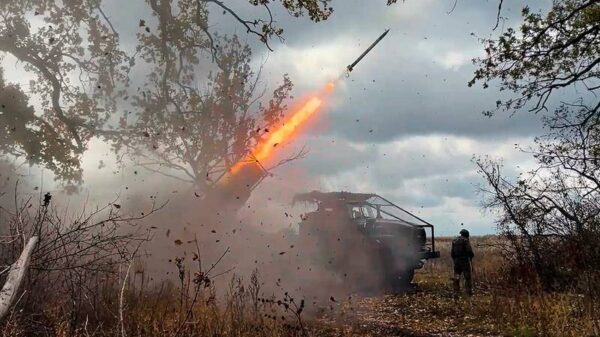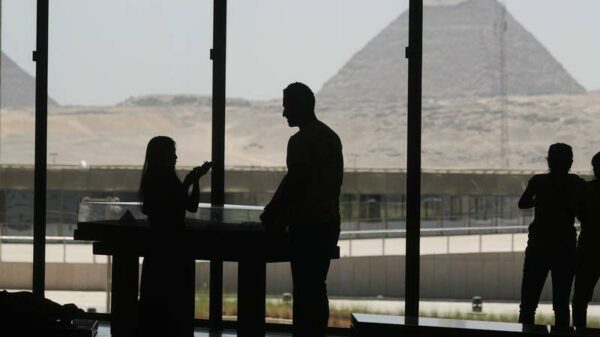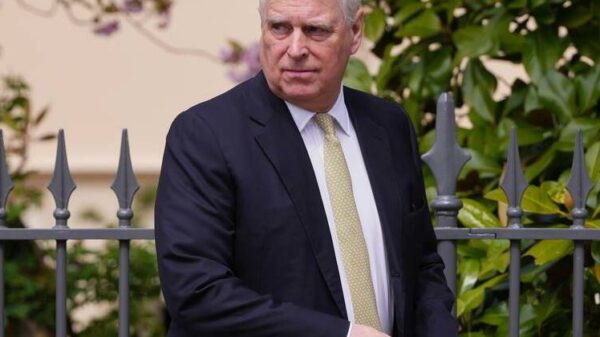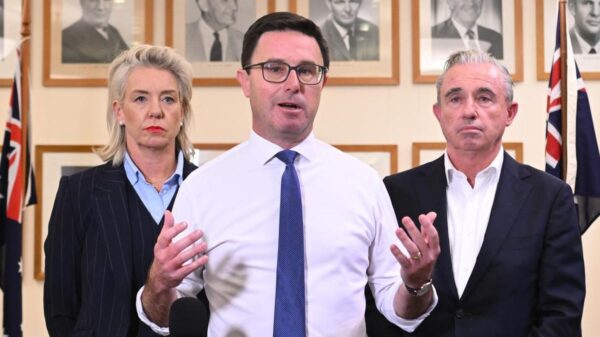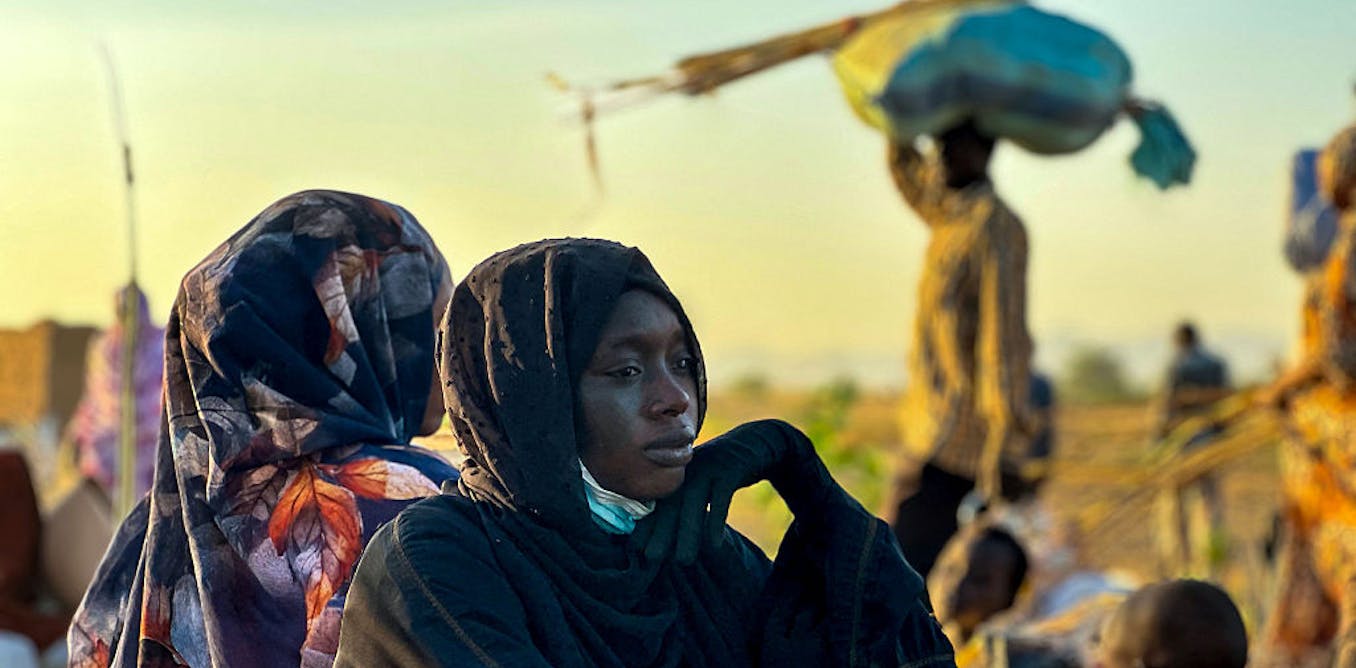Sudan has been engulfed in a devastating civil war since April 2023, primarily between the army and the paramilitary group known as the Rapid Support Forces (RSF). This conflict, ignited by a power struggle, has displaced over 14 million people and left more than half of the country’s population of approximately 50 million facing acute hunger. Multiple mediation initiatives have been attempted to resolve the crisis, but progress has been minimal.
The African Union has struggled to bring the warring parties to agree on a permanent ceasefire. Leading the current peace mediation efforts are four nations, collectively referred to as the Quad: the United States, Egypt, Saudi Arabia, and the United Arab Emirates. In a joint statement issued in September 2025, the Quad called for an immediate ceasefire and outlined a roadmap to end the conflict. Despite initial support from both the RSF and Sudan’s army leaders, subsequent meetings have failed to yield actionable outcomes.
Three Key Factors Hindering Peace
The prospects for peace in Sudan are complicated by three major challenges.
First, there are diverging agendas between the Quad and the Sudanese army. Although there are some similarities between the Quad’s roadmap and a proposal the army submitted to the United Nations in March 2025, significant disagreements persist. The Quad insists that Islamist factions be excluded from discussions, fearing ties between these groups and terrorist organizations. Conversely, the army’s proposal advocates for the inclusion of all parties, reflecting its alliances with former elements of the Islamic Movement.
Second, a growing rift between the army and the RSF complicates negotiations regarding the terms for ending the war. The army’s roadmap permits the RSF to maintain some presence in Darfur for up to nine months, conditional on local authority consent. However, the RSF has expanded its military operations in North Kordofan and intensified drone attacks on key cities, indicating a lack of willingness to withdraw. This situation highlights conflicting objectives; the RSF aims for equal status in negotiations and a comprehensive restructuring of Sudan’s military, while the army seeks to retain exclusive control over any reforms.
The third challenge stems from internal divisions within the Quad itself, particularly between Egypt and the UAE. Egypt supports the army, viewing it as essential to maintaining Sudan’s state institutions, while the UAE focuses on diminishing the influence of Islamist leaders as a prerequisite for peace. Saudi Arabia is cautious of Emirati involvement, especially after the Sudanese army rejected UAE mediation and the RSF criticized Egyptian policies. Washington’s strategy has been to manage these tensions by limiting direct mediation roles for the Quad members while keeping them involved in the broader negotiation framework.
The Historical Context of the Conflict
Sudan’s current turmoil can be traced back to the ousting of long-time ruler Omar al-Bashir in 2019, which led to a fragile transition characterized by a power-sharing agreement between military and civilian leaders. This arrangement collapsed in 2021 when army chief Abdel Fattah al-Burhan and RSF leader Mohamed Hamdan Dagalo, commonly known as Hemedti, seized control in a coup. Their alliance eventually unraveled, culminating in the civil war that has wreaked havoc on the nation.
The conflict’s toll has been catastrophic, with estimated death tolls ranging from 20,000 to 150,000 since the war began. Sudan is currently experiencing one of the world’s most severe displacement crises, with its health and education systems in disarray. Additionally, over 12 million girls and women, along with a growing number of men, face heightened risks of sexual violence amid the chaos.
As the conflict continues, there remains a slim possibility for a breakthrough. Both the military and the RSF could view a temporary ceasefire as beneficial. For the army, it would provide an opportunity to regroup without losing political ground. For the RSF, consolidating control in Darfur after a protracted battle for El-Fasher might justify a temporary truce, allowing it to strengthen its governance structures.
Despite the challenges, the United States is keen to facilitate conflict-ending agreements, potentially nudging the Quad toward a fragile ceasefire. Nevertheless, achieving a comprehensive political resolution in Sudan remains elusive. Current diplomatic initiatives may only succeed in pausing the violence rather than addressing the underlying political divides that continue to fuel the conflict.
This analysis does not reflect any personal interest or affiliations of the author, who has studied Sudan extensively for over a decade.







